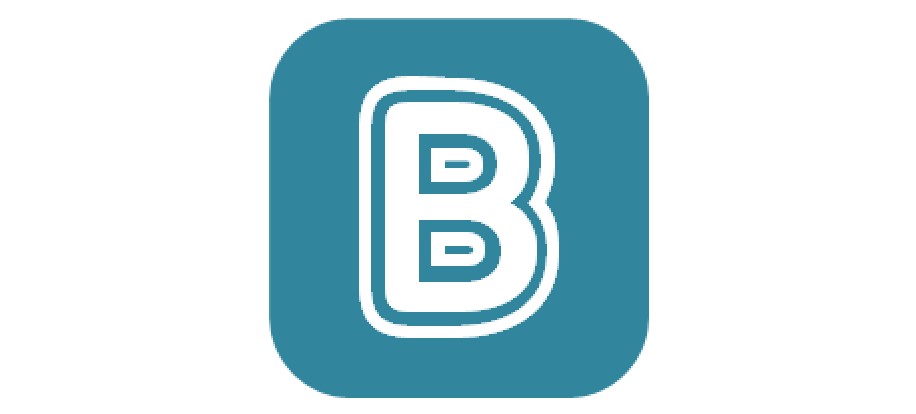
Basics: Removing lipids and detergents from peptide samples
When trying to remove one class of molecules from another then you need to look for chemical characteristics that can be used to differentiate between them. In the case of the removal of lipids and detergents from protein samples then the best opportunity for success is before digestion when there are gross differences in the size of the molecules present and their solubility: proteins are much bigger than lipids and detergents and proteins tend not to be soluble in organic solvents whereas lipids and detergents tend to do so. Things get much more difficult after digestion as the molecules are approximately the same size with the same broad distribution of charges, polarity and solubility.
There is not much literature on lipid removal from peptide samples but quite a lot on lipid extraction for the analysis of lipids. This link provides an excellent overview of lipid extraction and solubilities: http://lipidlibrary.aocs.org/topics/extract2/file.pdf. One methodology suggests solubilising lipids from dried samples by adding solvents such as methanol or chloroform but neutral peptides are also solubilised in such solvents: http://www.lifetein.com/handling_and_storage_of_synthetic_peptides.html. The key take home message is that lipids have a broad range of solubilities so chloroform/methanol extraction is not a magic bullet.
Solid phase extraction (SPE) is commonly used for sample clean up and there are a number of options available. Experience says that detergents and lipids have a similar interactions with reversed phase media so alternative methods are needed i.e. standard sample clean up by reversed phase will not remove many lipids and detergents. Using anion exchange at low pH will ensure strong anions will be retained so it removes SDS detergent (sulphate group) and phospholipids (phosphate group) but it will also remove phospho peptides and there will need to be solvent present in order to dissociate any peptide/lipid/detergent complexes. Mixed mode chromatography media contain both reversed phase and ion exchange groups and so a mixed mode media with strong ion exchange functionality may have use as a one step process to remove residual SDS and phospho lipids during sample desalt/cleanup.
Other methods use zirconia to specifically remove phosphorylated species via a lewis acid/base interaction (http://www.sigmaaldrich.com/analytical-chromatography/sample-preparation/spe/hybridspe-ppt.html) and that would suggest that othere phospho specific methods such as titanium dioxide may also work specifically for phospholipids.
Another SPE method mentioned for the removal of detergents and potentially lipids is HILIC, which stands for hydrophilic interaction liquid chromatography (https://en.wikipedia.org/wiki/Hydrophilic_interaction_chromatography). This uses aqueous buffers to separate molecules by their polarity but in an inverse way to reversed phase chromatography. In this instance samples are loaded onto the media in high organic solvent with polar molecules binding tighter than non-polar molecules and decreasing the amount of organic solvent induces molecules to elute off in the order of polarity. It is important to understand however that there are many types of columns that are called HILIC that all work in different ways. The main types of column are polar (e.g. silica, amide, cyano and aspartate) and zwitterionic, commonly called ZIC HILIC. The interaction between the peptides and the column is controlled by the buffers and their effect on the charge state of the peptide, electrostatic interactions with the column and any disruption of the water layer.
Different solid phase approaches can be combined so for example you can perform reversed phase SPE before HILIC SPE to ensure that buffers are compatible with HILIC.
BioMS’s preferred approaches are either mixed reversed phase (RP) and anion exchange SPE for SDS and phospho lipid extraction or RP followed by HILIC for broad spectrum lipid and detergent removal. Please see staff for more details.
There are also commercial products available such as iST kits from (https://preomics.com/products) but these are proprietary and expensive so are not generally provided by BioMS.
Tags: #basics, sample prep, contamination, detergents






0 Comments